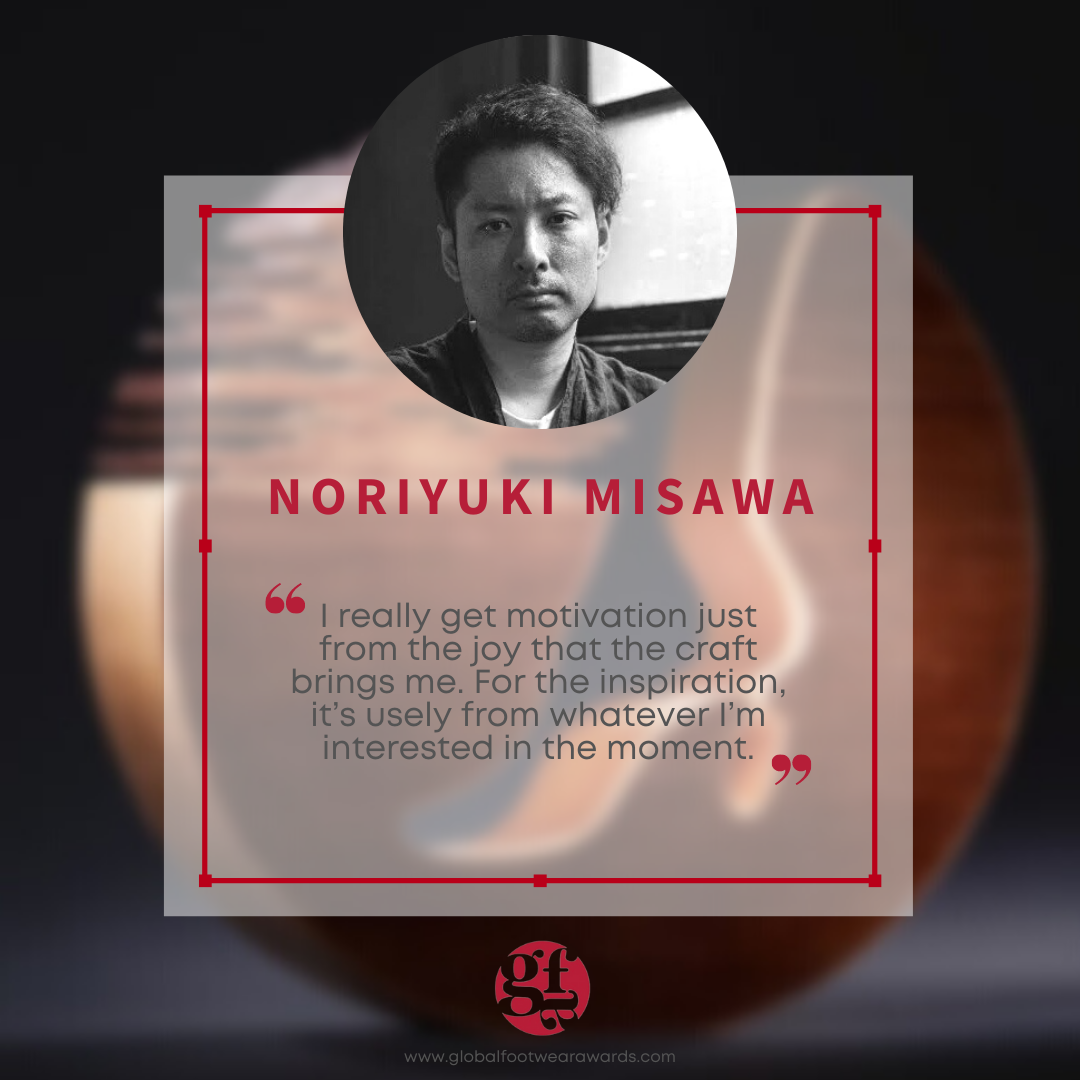NEWS&BLOG
Global Footwear Awards / In Conversation With: Noriyuki Misawa
February 11, 2022
Global Footwear Awards winner, Noriyuki Misawa, discussed Foot’s Nest , GFA 2021 winning design.
Master custom shoemaker Noriyuki Misawa pursues formative, yet functional artistly. To display the external space of the foot, its shape is defined by a Foot’s Nest. As if slipping a foot into a high heel, the space nestles your foot. The material is a leather used for heels, and like insects making nests, stacking the several-fold leather layers to create the space brings a sense of dignity. Everything is fabricated by Misawa’s hands. Under the COVID-19 pandemic situation, people are forced to change their lifestyles. “Foot’s nest” represents a new interpretation of the Shoe.
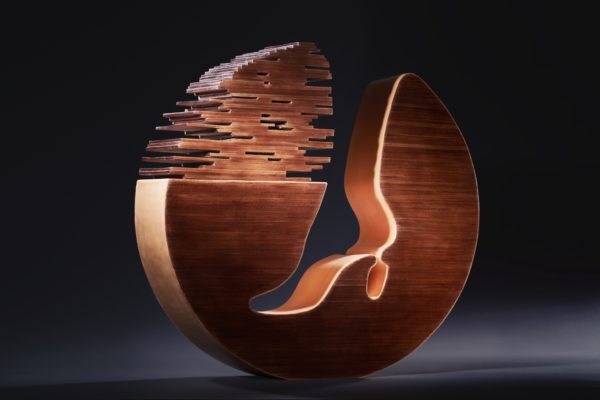
GFA talks with Noriyuki about the winning project:
What do you see as the strengths of your winning project?
As if slipping a foot into a high heel, the space “nestles” your foot. The point that I attempted to express was the external space of the foot; I created the external space of the foot in contrast to the general shoemaking approach, which shapes by composing faces with planar leather pieces running along the foot.
What does this award mean to you personally?
It has been 20 years since I associated with shoemaking. Recently, I have suffered and have been thinking, “How long this anguish will continue?” but winning this prize made me feel that all the effort was rewarded and it surely motivates me to move forward.
What was most important for you when working on this project and what were the biggest challenges you faced?
The piece and creating under the corona virus pandemic situation. But I wanted to make something not too serious but humorous. Needless to say, in general, I make shoes towards the foot. But this project, I made the piece towards external to the foot. This project required moving my mind-arrows in reverse direction and it was a big challenge for me as I have 20 years shoemaking experiences, so that I always felt strangeness during creation.
What is your guiding design principle?
- It should be the Shoe.
- It displays artisanship, effort and time.
- It has humor.
Where do you get motivation and inspiration from for your work?
What motivates me is that I have a wish to change the world by my creations, and also “anger” toward people who didn’t have respect for my works. I run a shoemaking class and instruct students. I always try to make good works to serve as a role model for students.
I had been inspired by various art fields in the past, but recently, I am inspired by daily life.
How/when did you discover that you wanted to work in design?
When I was 20 years old and a university student, I visited a shoe shop and I found that “Shoes can be made with hands” through deepening exchanges with the owner. Until then, I didn’t have this idea, so that was a shocking moment like a thunderclap.
How do you think your own culture and environment has shaped your personal and professional creative vision?
Since I was young, I have been into hip-hop music. For Japanese people, hip-hop music is imported music. And the Shoe is also imported culture. For me, who had absorbed hip-hop music into my body, I thought that shoemaking would be a very good match. The track (beat) in my favorite hip-hop music helps me deal with craftsman work that has lots of repetitive tasks. And ideas and methods of sampling assist my shoe design. Japanese hip-hop that has evolved uniquely in Japan is linked to my desire, that as a Japanese shoemaker, I would like to evolve western-origin shoe in Japan. And I think I am also influenced by my living experience in Vienna for study. During my stay, like a soaking in sunlight, I learned every single day from Gustav Klimt and around 1900s arts. Besides, my life, 24 hours, 365 days, was to think about Shoe all the time. That attitude is a source to create good design regularly as a professional.
Tell us about a project which has been your greatest achievement?
I have participated in an event of world renown industrial designer, Syd Mead, for which I created an art work. I learned his works deeply and this experience made my brain’s OS fully upgrade, I felt that way. As a result, although the work (project) I created was still unpolished, but as an answer to the question, I would like to say it was this “experience.”
Which designer in the footwear industry do you most admire and why?
“Salvatore Ferragamo.” He convinced me that he could produce amazing designs like his “Rainbow” Sandal even in a severe environment. At that time, due to the war, purchasing “iron” and use it were difficult, and he couldn’t use a steel shank to sustain a shoe. In such a negative situation, he invented a historical design, the “Rainbow” Sandal with his designer’s ingenuity by using a wedge sole in order to address the limitations. That shoe is a shoe having rainbow colors that make people feel a bright future in that difficult situation. I feel that for us living this era, it seems like a designer’s power is tested.
How do you feel footwear design has evolved over the past years and how do you see it evolving in the future?
The corona virus pandemic took shoes away from many of us (preventing us from using them to go out). And IT advancement and diffusion have been accelerated rapidly. Of course, we will take our shoes back in the future. But the 100 percent fixed concept, which is that a shoe is a “tool for walking,” may change.
What would be your dream design project?
My shoes are displayed and being a collection in a world-class museum.
What kind of questions do you ask before beginning a shoe design? What piece of information is of utmost value?
Whether my design of the shoe has value/meaning to be a “Shoe.”
I don’t know which information is utmost value.
How do you deal with feedback?
It is very important as they tell me things I can’t discover by myself, but I also have a feeling to want to fight against it a little bit.
What are you working on now, what is in the pipeline for you?
I am working on a piece that was inspired by the great sculptor, Isamu Noguchi’s work. And there are many of his art pieces in Japan.
How has the pandemic affected your work and design process?
It has hampered opportunities to go and exhibit my works to the world, but it gave me too much time for creation. And I think now would be the only time that I can make works affected by the pandemic.
With so many designs coming out daily, how do you keep pushing boundaries in footwear design?
There is no choice but to keep pondering, thinking and learning; that’s it. Then, you may see scenery that only you can see in the remote areas that you have reached after following your own path.
How do you handle pressure in design?
I am not a genius so I can’t escape from pressure. I think studying harder than others would ease pressure a little bit.
How do you feel about the impact of new technology towards footwear design and the industry as a whole?
I am a hand-crafted shoemaker. The waves of advance technology roll on inevitably and change shoemaking, shoe design and entire shoes. I think that being able to introduce those advanced technologies nicely is a certain capacity of makers and factories. A small, private shoe designer/craftsman/artist like me should always stand at the opposite side from advanced technology, consciously. I think that Being at the opposite end from main stream and designing the opposite end is my existence’s value.
-
-
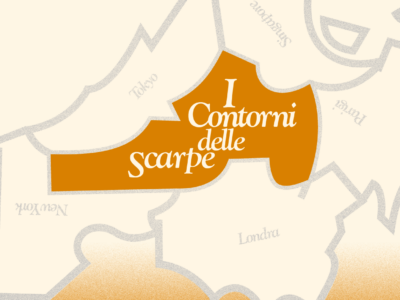
- 「I Contorni delle Scarpe」 Solo exhibition by Noriyuki Misawa
-
I Contorni delle Scarpe Solo exhibition by Noriyuki Misawa BANCHI VECCHI @banchi_vecchi — Via dei Banchi Vecchi 17, Rome, Italy November 6–8, 2 […]
- 2025.10.17.Fri
-
-
-
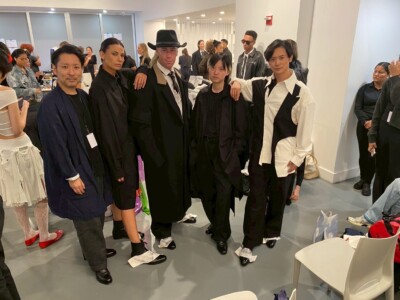
- Collaboration with Studio L7’s WIRT
-
At NYFW (New York Fashion Week) this September, Studio L7’s WIRT presente […]
- 2025.09.13.Sat
-
-
-
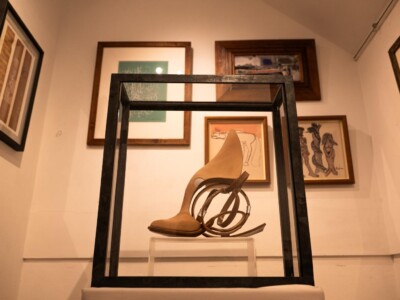
- 月光荘【WALK with HORN】
-
Noriyuki Misawaの新たな靴のアートピース【WALK with HORN】。 藤田嗣治、与謝野晶子、猪熊源一郎など月光荘の歴史に連なるコレクションとして、月光荘の展示とともにお披露目いたしました。 そして9月2日はレセ […]
- 2025.09.04.Thu
-
-
-
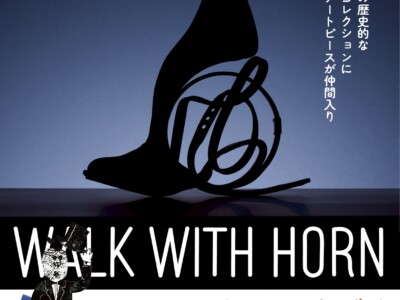
- 【WALK with HORN】 〜ホルンとともに歩く〜
-
「これは靴なのか、オブジェなのか」見る者が、ふと立ち止まり、考える。身体の延長としての文化、意志、祈り。ミサワノリユキが手がける靴は、ただの装飾ではなく、履き物と文化のあいだに宿る“問い”そのものです。その問いに、月光荘は深く心を打たれました。 昨年発表されたパレットローファーに新たに […]
- 2025.08.07.Thu
-
-
-
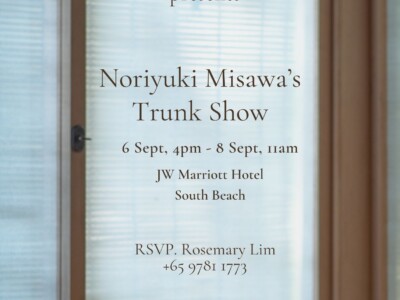
- Bespoke Shoes Trunk Show in Singapore, 2025
-
Noriyuki Misawa 三澤則行
- 2025.08.07.Thu
-
-
-
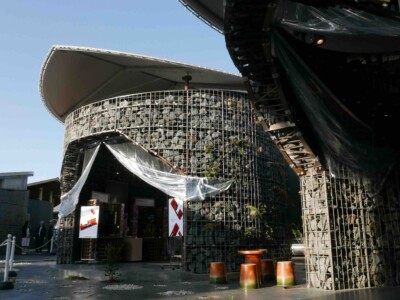
- 「未来の靴のカタチ(The Contours of Future Shoes)」展 at 大阪・関西万博 (Expo 2025)
-
Noriyuki Misawa 三澤則行
- 2025.05.10.Sat
-
-
-
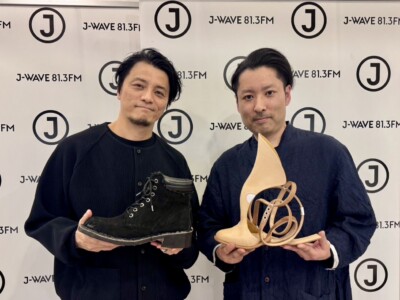
- J WAVE “PILOT THE ORIGINAL”
-
Kreva さんの番組、J WAVE “PILOT THE ORIGINAL”に出演させていただきました。 Noriyuki Misawa 三澤則行
- 2025.03.21.Fri
-
-
-
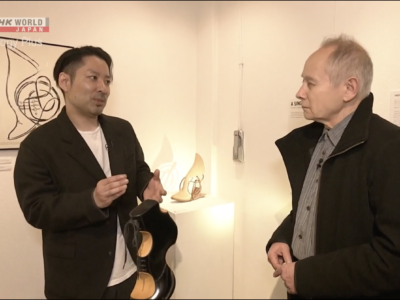
- NHK WORLD “Japanology Plus”
-
Peter Barakan(ピーター バラカン)さんの番組 NHK WORLD “Japanology Plus”に出演させていただきました。 Noriyuki Misawa 三澤則行
- 2025.03.21.Fri
-
-
-

- YANASE LIFE
-
YANASE(ヤナセ)様の顧客向け会報誌『YANASE LIFE』に掲載していただきました。 Noriyuki Misawa 三澤則行
- 2025.03.20.Thu
-
-
-
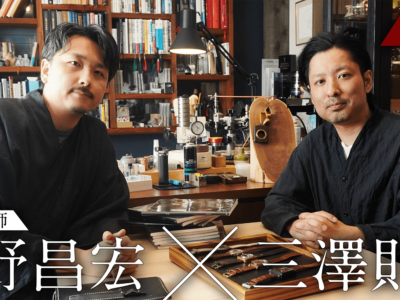
- 【クラフト×漫画】菊野昌宏 × 三澤則行 対談
-
記事はこちらから Noriyuki Misawa 三澤則行
- 2025.03.14.Fri
-
-
-
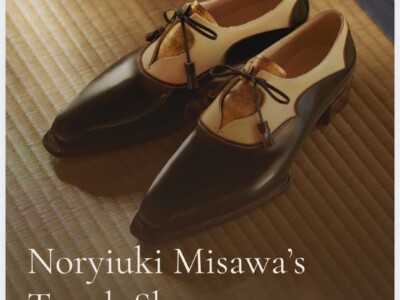
- Bespoke Shoes Trunk Show in Singapore, 2025
-
Noriyuki Misawa 三澤則行
- 2025.02.15.Sat
-
-
-
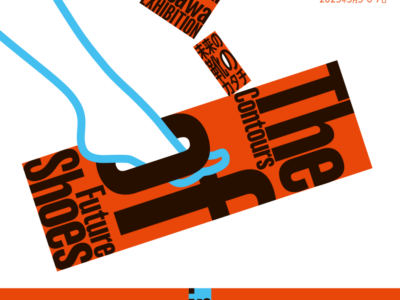
- 「未来の靴のカタチ(The Contours of Future Shoes)」展 at 大阪・関西万博
-
Visual design by Yukari Sato 三澤則行 Noriyuki Misawa
- 2025.02.04.Tue
-

